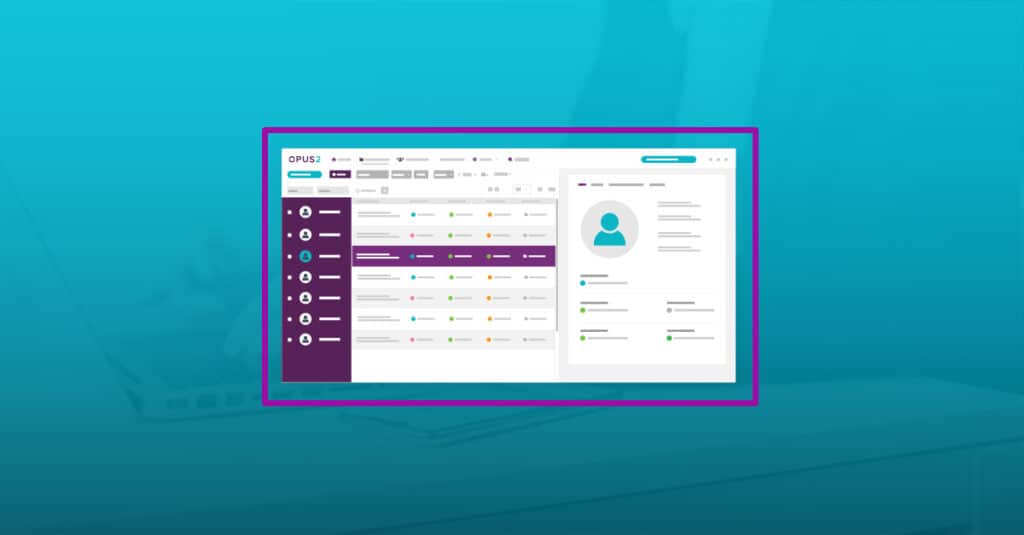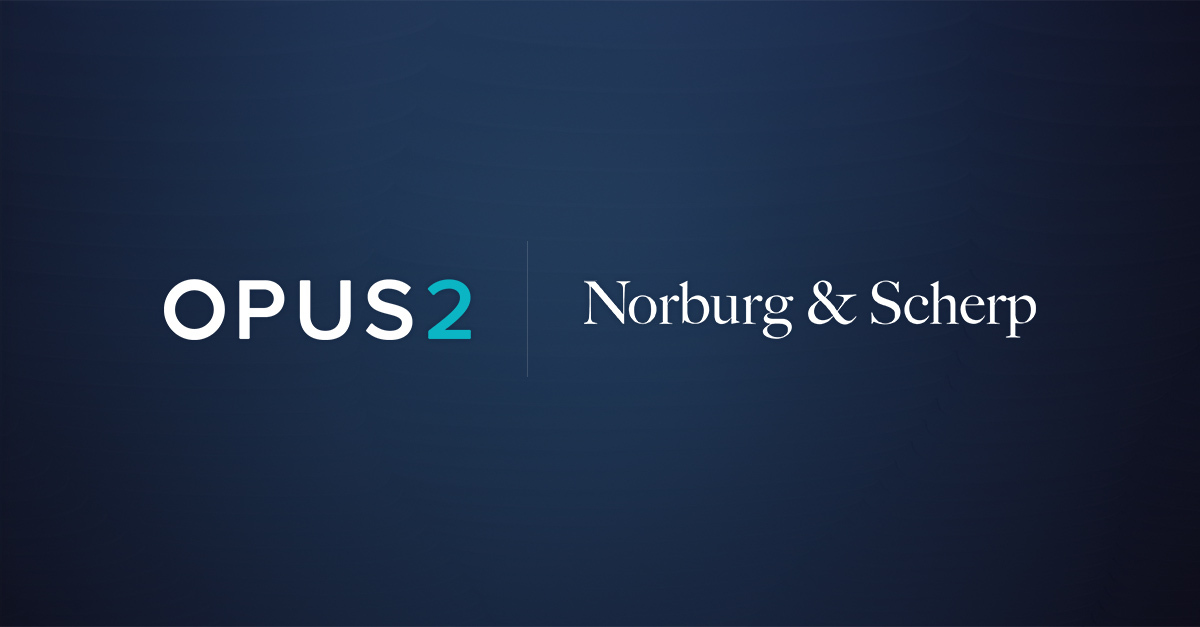The strength of a party’s case may depend on the nature and quality of their evidence, including trial witness statements. Introduced in 2021, Practice Direction 57AC (PD 57AC) – Trial Witness Statements in the Business and Property Courts (B&PCs) was issued to address common challenges facing the court. Since its introduction, a new landscape has emerged for trial witness statements in the B&PCs and beyond.
In this article, we’ll share an overview of guidance provided in Practice Direction 57AC as well as tips to ensure compliance. In addition, we’ll explore how legal case management software like Opus 2 Cases supports the efficient preparation of trial witness statements, streamlining your litigation workflow.
Background on Practice Direction 57AC
The origin of Practice Direction 57AC begins around 2018 when a Commercial Court Users’ Committee identified recurring challenges in the current practice regarding witness evidence. As a result, a working group formed to define the perceived problems, conduct a stakeholder survey, and evaluate proposed solutions.
The Witness Evidence Working Group Final Report concluded that a “substantial majority” of judges of the court believed that the factual witness statements “were often ineffective in performing their core function of achieving best evidence at proportionate cost”. The final report also recommended that a “statement of the best practice regarding the preparation of witness statements” be created. And so, PD 57AC was created.
While PD 57AC does not strictly apply to claims outside the B&PCs, the principles are widely applicable. Indeed, PD 57AC can be used as a guide when preparing witness statements in any claim to avoid non-compliance with the equivalent Rule or Practice Direction.
Guidance for trial witness statements and case examples
As you might expect, in the time since the issuance of PD 57AC, there have been several cases that have given us specific examples of non-compliance in action. Naturally, you should refer to Practice Direction 57AC directly for detailed instruction, but from these cases, we can identify areas to pay close attention to when preparing trial witness statements.
1. Identify documents used to prepare the witness statement
Any documents that a witness reviews, uses to refresh their memory, or references while preparing the statements should be clearly identified in the witness statement. Moreover, the witness statement should include a schedule of those documents.
2. Avoid including lengthy quotes from referenced documents
While documents that are referenced should be identified and indexed, witness statements should be concise and avoid excessive or irrelevant references to or quotes from documents.
3. Use the witness’s own words
Witness statements should be written in the first person and use the witness’s own words. For example, in Mackenzie v Rosenblatt Solicitors & Anor, the judge stated the claimant’s “witness statements are the careful work of a legal team, contrary to the requirements of PD 57AC that a statement should be so far as possible in the witness’s own words”.
When drafting witness statements on behalf of clients, lawyers should ask open questions and record the responses using the client’s language and, as much as is possible, their exact words. It’s also important to keep records of the details of the meeting including the questions asked, responses, and documents used to reference in the event that the statement is challenged.
4. Stick to relevant facts and recollections
While this should go without saying, it’s an issue that is often raised when witness statements run afoul. Statements should focus on the witness’s personal knowledge and recollection of the facts of the case, rather than attempt to argue their case.
Case examples for additional reading
Technology that supports the preparation of trial witness statements
With the right legal case management solution, like Opus 2 Cases, your firm benefits form a single, secure, connected work environment for your litigation team, clients, and stakeholders throughout the entire lifecycle of a matter.
Lawyers can use Opus 2 to avoid noncompliance with the court’s procedural requirements under PD 57AC by:
- Uploading, reviewing, and annotating documents to prepare trial witness interview questions, ensuring your team keeps the statement clear and focused.
- Tagging documents to use as checklists, for example, to indicate a witness’s recollection of events, and whether their memory has been refreshed by referencing documents so they can be disclosed in the trial witness statement.
- Providing their clients with a secure, branded portal to allow them to share documents for the purpose of their evidence.
- Automatically creating a schedule of documents for the court with an explanation of why each has been included in the schedule; for example, any documents that the witness has referred to or been referred to for the purpose of providing evidence.
Opus 2 Cases can also be customised to fit a firm’s best practices and provides holistic support across secure file sharing, eBundling, argument preparation, case chronologies, and extended collaboration. It delivers significant efficiencies when compared to siloed, disparate tools and enables law firms to better differentiate their services and deliver greater value to their clients.







